
-
Find the right food for your petTake this quiz to see which food may be the best for your furry friend.Find the right food for your petTake this quiz to see which food may be the best for your furry friend.Featured products
 Adult Small & Mini Lamb Meal & Brown Rice Recipe Dog Food
Adult Small & Mini Lamb Meal & Brown Rice Recipe Dog FoodFor the faster metabolism of Small & Mini dogs
Shop Now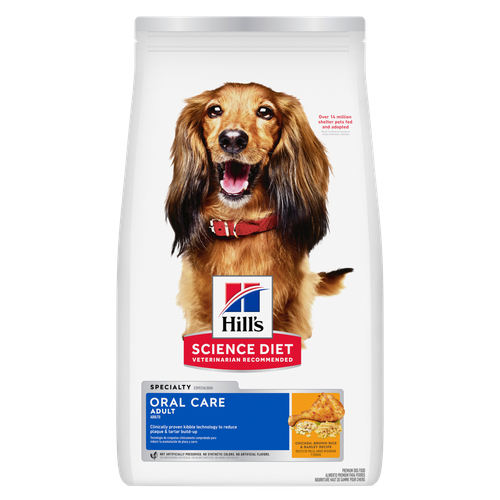 Hill's Science Diet Adult Oral Care Chicken, Brown Rice & Barley Recipe Dog Food
Hill's Science Diet Adult Oral Care Chicken, Brown Rice & Barley Recipe Dog FoodClinically proven kibble technology to reduce plaque & tartar build-up
Shop Now Adult 7+ Small & Mini Chicken & Brown Rice Recipe Dog Food
Adult 7+ Small & Mini Chicken & Brown Rice Recipe Dog FoodFor the unique nutritional needs of mature Small & Mini dogs
Shop NowFeatured products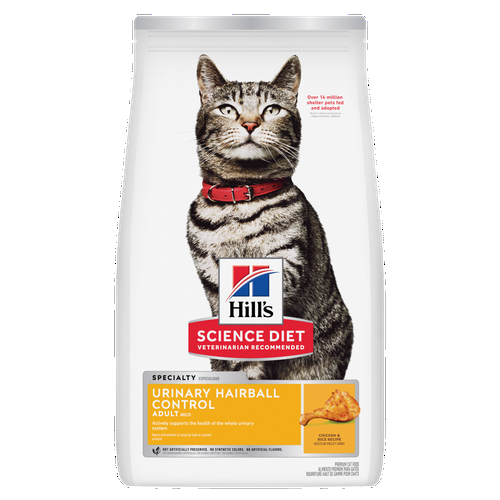 Adult Urinary Hairball Control Chicken & Rice Recipe Cat Food
Adult Urinary Hairball Control Chicken & Rice Recipe Cat FoodActively supports the health of the whole urinary system
Shop Now Hill's Science Diet Adult Sensitive Stomach & Skin Dog Food
Hill's Science Diet Adult Sensitive Stomach & Skin Dog FoodHighly digestible recipe, gentle on stomachs. Nourishes skin & promotes a lustrous coat
Shop Now Adult Indoor Chicken Recipe Cat Food
Adult Indoor Chicken Recipe Cat FoodSupports energy level and beautiful fur in indoor cats
Shop Now -
Featured articles
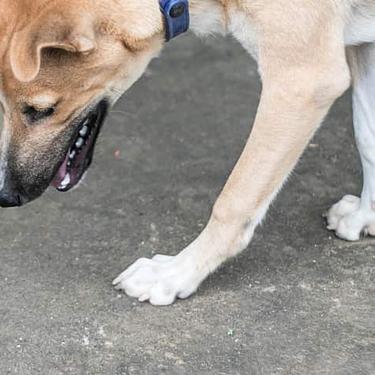 My Pet Ate a Lizard — What Should I Do?
My Pet Ate a Lizard — What Should I Do?Learn what to do if your pet eats a lizard, including whether they can be toxic and symptoms to keep an eye on when they've swallowed one.
Read More Easy DIY Dog & Cat Toys: Nine of Our Favorites
Easy DIY Dog & Cat Toys: Nine of Our FavoritesBrowse this comprehensive guide for several of our favorite DIY dog and cat toys that are sure to put a little pep in your pet's step.
Read More 15 Pet-Friendly Cities Ideal for a US Road Trip
15 Pet-Friendly Cities Ideal for a US Road TripCheck out our list of pet-friendly U.S. cities that are excellent travel options, offering off-leash dog parks and pet-friendly restaurants & hotels.
Read More -


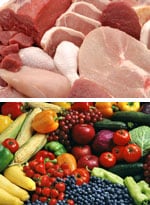 Dogs are classified as members of the family Canidae and the order Carnivora, but this does not necessarily translate to behavior, anatomy or feeding preferences.
Dogs are classified as members of the family Canidae and the order Carnivora, but this does not necessarily translate to behavior, anatomy or feeding preferences.
Judge for yourself
Some animals may look like carnivores or act like carnivores. But, are they really true carnivores? You be the judge.
- Wolves attack plant-eating animals, but one of the first parts they consume is the stomach contents and the viscera of those animals.1
- Coyotes eat a variety of foodstuffs including small mammals, amphibians, birds, fruits and herbivore feces.
- Panda bears are also members of the order Carnivora, but they are herbivores who primarily consume bamboo leaves.
The acid test
Key points
- The term "opportunivore" may best describe the dog's natural desire to eat whatever is available — plants as well as animals.
Strict or true carnivores, such as cats, have a higher nutritional requirement for taurine (an amino acid), arachidonic acid (a fatty acid), and certain vitamins (niacin, pyridoxine, vitamin A), which are readily available in animal protein and fat sources.
Omnivores, such as dogs and people, don't have higher requirements for taurine and certain vitamins and can create their own arachidonic acid from vegetable oils.


Tasty Tips
Omnivore qualities
There are other nutritional, behavioral and physical factors that separate the omnivore and carnivore worlds:
- Dogs have teeth (molars) with relatively flat surfaces designed to grind up bones as well as fibrous plant material.
- Dogs can digest almost 100% of the carbohydrates they consume.2
- Dogs have a small intestine that occupies about 23 percent of the total gastrointestinal volume, which is consistent with other omnivores; the small intestine of cats occupies only 15 percent.3,4
- Dogs can create vitamin A from betacarotene found in plants.
Confusion in their conclusion
Some folks have come to the erroneous conclusion that dogs must be carnivores because they fall under the order Carnivora. A close look at the anatomy, behavior and feeding preferences of dogs shows that they are actually omnivorous — able to eat and remain healthy with both animal and plant foodstuffs.
1 Lewis L, Morris M, Hand M. Small Animal Clinical Nutrition, Ed. 4. Topeka, KS, Mark Morris Institute, 2000;294-303,216-219.
2 Walker J, Harmon D, Gross K, Collings G. Evaluation of nutrient utilization in the canine using the ileal cannulation technique. J Nutr. 1994; 124:2672S-2676S.
3 Morris JG, Rogers QR. Comparative aspects of nutrition and metabolism of dogs and cats, in: Nutrition of the dog and cat, eds. Burger IH, Rivers JPW, Cambridge, UK, Cambridge University Press, 1989;35-66.
4 Ruckebusch Y, Phaneuf L-Ph, Dunlop R. Feeding behavior in: Physiology of small and large animals, B.C. Decker, Inc. Philadelphia, PA, 1991;209-219.


One of our staff authors prepared this article for you
Related products

For the faster metabolism of Small & Mini dogs

Clinically proven kibble technology to reduce plaque & tartar build-up

For the unique nutritional needs of mature Small & Mini dogs

Improves everyday ability to get up & go
Related articles

Learn basic steps & precautions for treating a cut on your dog, including what you can put on the cut, and when you should take them to the vet.

Understand the role that Omega-6 and Omega-3 fatty acids play in your dog's overall health, and how you can ensure they are getting enough.

Your dog's coat and skin are a big part of your dog's overall health. Ensure you keep your dog's coat healthy, by following these simple tips.

Discover how the field of dog science is giving us more and more insights into the inner workings of our furry best friends.
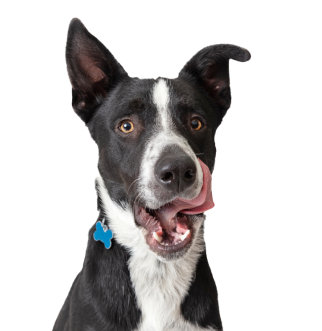
Put your dog on a diet without them knowing
Our low calorie formula helps you control your dog's weight. It's packed with high-quality protein for building lean muscles, and made with purposeful ingredients for a flavorful, nutritious meal. Clinically proven antioxidants, Vitamin C+E, help promote a healthy immune system.
Put your dog on a diet without them knowing
Our low calorie formula helps you control your dog's weight. It's packed with high-quality protein for building lean muscles, and made with purposeful ingredients for a flavorful, nutritious meal. Clinically proven antioxidants, Vitamin C+E, help promote a healthy immune system.

